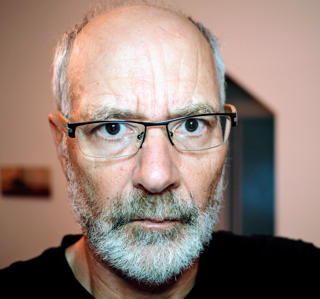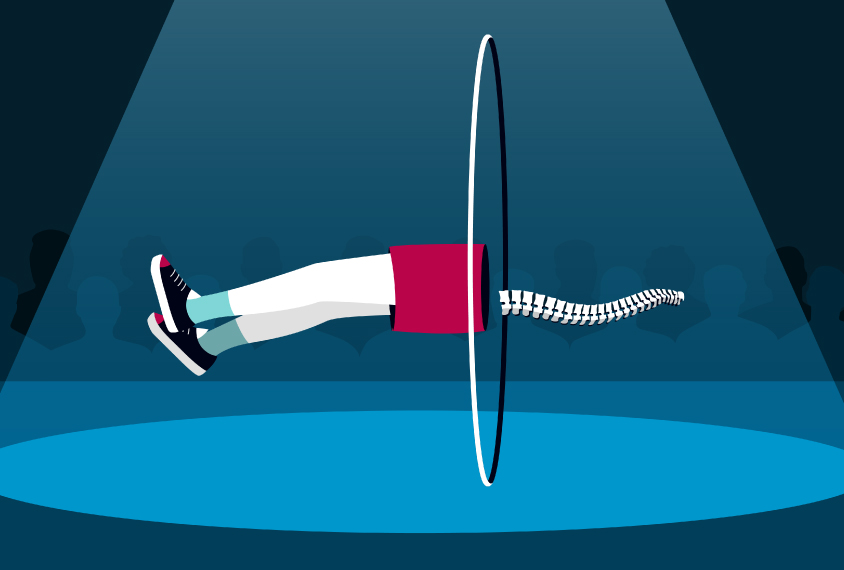Wayne MacPhail has been a print and online journalist for more than 30 years. He currently owns w8nc inc., an emerging media consulting company and is the co-author of “Spin Doctors: The Chiropractic Industry Under Examination.”

Wayne MacPhail
From this contributor
Straightening out chiropractic’s claim as a treatment for autism
Some chiropractors advertise that they can treat autism, but there's no evidence to back that claim.

Straightening out chiropractic’s claim as a treatment for autism
Explore more from The Transmitter
It’s time to examine neural coding from the message’s point of view
In studying the brain, we almost always take the neuron’s perspective. But we can gain new insights by reorienting our frame of reference to that of the messages flowing over brain networks.
It’s time to examine neural coding from the message’s point of view
In studying the brain, we almost always take the neuron’s perspective. But we can gain new insights by reorienting our frame of reference to that of the messages flowing over brain networks.
Autism traits, mental health conditions interact in sex-dependent ways in early development
Here is a roundup of autism-related news and research spotted around the web for the week of 31 March.

Autism traits, mental health conditions interact in sex-dependent ways in early development
Here is a roundup of autism-related news and research spotted around the web for the week of 31 March.
Organoids and assembloids offer a new window into human brain
These sophisticated 3D cultures reveal previously inaccessible stages of human brain development and enable the systematic study of disease genes.

Organoids and assembloids offer a new window into human brain
These sophisticated 3D cultures reveal previously inaccessible stages of human brain development and enable the systematic study of disease genes.